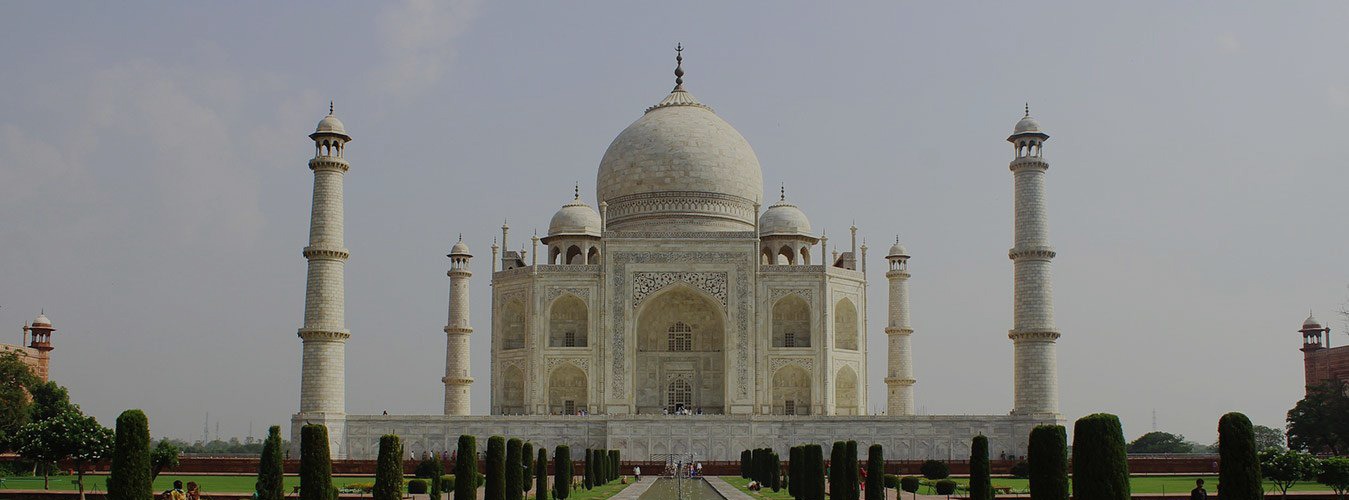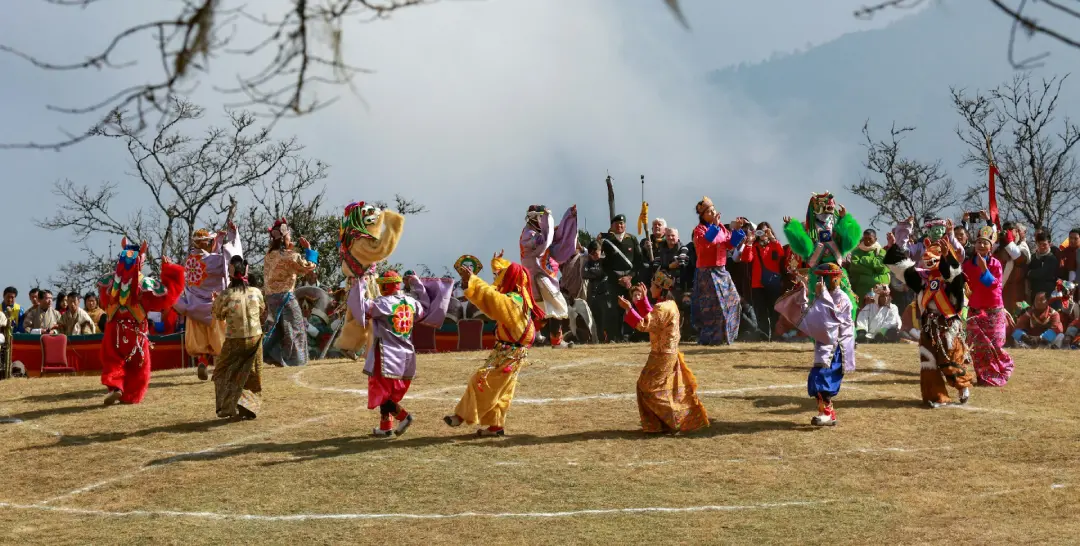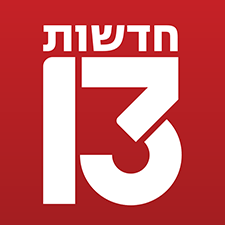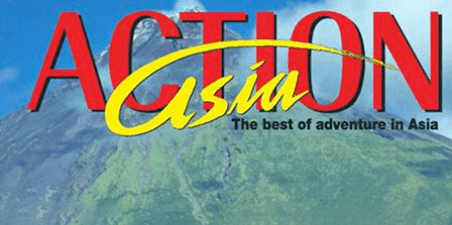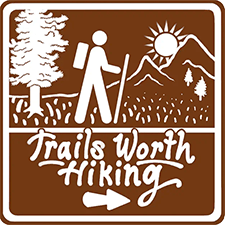India – Nepal – Bhutan Adventure Tour

Duration
16 Days
Accomodation
Luxury Hotels
Start
Delhi, India
End
Bhutan
Transportation
Private Car, Flights
Max Altitude
3050 m
Meals
B,L,D
Grade
HardOverview
Your Himalayan Adventure: India, Nepal & Bhutan Adventure tour
Itinerary
Expand AllDelhi - India
Upon arrival we are met at the airport and transferred to our hotel. Our airport representative will be waiting for us in the arrival hall, located after passing out of the customs area and beyond the travel desks and exchange counters. Look out for your name and Earthbound Expeditions signboard.
Delhi and to Jaipur
In the morning our tour leader will brief us about the tour before we enjoy an orientation drive around the city that takes us to India Gate and past the President’s House (Rashtrapati Bhavan) and Parliament House (Sansad Bhavan) before heading off to do some optional shopping at colourful Janpath Bazaar. In the afternoon we are free to make our own explorations. The narrow streets of Old Delhi are worth exploring, with the highlights being Red Fort and the impressive Jama Masjid (Great Mosque). Raj Ghat is a monument that marks the spot where Mahatma Gandhi was cremated. Then we dive to jaipur (Driving time: approx 4 hours)
From Delhi we drive to Jaipur, the colourful capital of the state of Rajasthan as well as a vibrant and exciting town.
Breakfast
Half day in Jaipur and drive to Agra ( Taj Mahal)
Here, traditionally dressed Rajput men wearing colourful turbans and sporting magnificent moustaches make their way through crowded streets packed with cars, camel carts, rickshaws, trucks and bicycles. On our second day in Jaipur we travel 11 kilometres out to the stunning medieval Amber Fort. This fort was built in 1592 by Maharajah Man Singh and is a superb example of Rajput architecture. Several hours are needed to explore this huge fortification. Our guide will also take us to the Old Bazaar and Hawa Mahal, better known as The Palace of the Wind. This five-storey façade with its pink, honeycombed sandstone windows is one of Jaipur’s best-known landmarks. Afternoon drive to Agra (Driving time: approx 5 hours), From Jaipur we pass through Bharatpur and make our first stop at the deserted city of Fatehpur Sikri. This magnificent ghost town was capital of the Mughal Empire between 1571 and 1585. Built during the reign of Emperor Akbar it was abandoned shortly after his death due to a lack of available water.
Breakfast
Full day in Agra and overnight in train to Varanasi
Whole day we visit India’s most famous site – the majestic Taj Mahal. This amazing 17th century marble mausoleum was built by Emperor Shah Jahan as a tomb for his second wife, who died giving birth. Started in 1631 the project was completed in 1648 and employed a workforce of over 20,000 people. Construction materials were brought from all over India with the marble from Rajasthan transported by over 1000 elephants. We also visit the nearby Agra Fort – a huge complex built of red sandstone by Akbar in 1565 and partially converted into a palace during the time of Shah Jahan.
On the evening of day 4 we catch the overnight train bound for Varanasi. – a great Experience of India’s train ride. B or else we have option to drive Delhi and fly to Varanasi.
Arrival Varanasi , pick up by our Rep and rest in Varanasi, see some important sights
As the sacred Ganges River flows from the snow-clad Himalaya into the vast plains, half way between Delhi and Calcutta it curves into a gentle crescent and therein lies Varanasi. Also known as Benares, this spiritual place is the oldest and the holiest of all pilgrim places of India and undoubtedly the venerated city of Hinduism. After arriving at the railway station, we are met and transferred to our hotel, where the rest of the day is free for us to relax and get a feel for this place. The following morning we take a boat ride at sunrise and watch Hindu rituals being enacted along the banks of the river as people pray, wash and cremate their dead. Our tour leader also takes us through the back lanes of the Old City where we experience the peculiar lifestyle that this ancient city is famous for. In the afternoon we visit the ruined monasteries of Sarnath, the place where Lord Buddha preached his first sermon.
Morning visit Ganges for sunrise and drive to Lumbini the birth place of Buddha : (Driving time: approx 7 hours)
We leave in the morning as it’s a long day of travelling, but done in the relative comfort of our own vehicles with several rest stops made along the way. Upon arriving at the border at Sonauli we complete customs and immigration formalities whereby our Indian tour leader will bid us farewell and hand us over to his Nepali counterpart. We spend our first night in Nepal at the holy town of Lumbini located about an hour from the border.
Breakfast
Lumbini
We have a sightssing around Lumbini, the birthplace of Prince Siddharta Gautama – founder of the Buddhist religion. Here we visit the various temple complexes that have been constructed by Buddhists from Japan, China and Myanmar, as well as the ancient Ashoka Pillar and Maya Devi Temple.
Breakfast
Lumbini we drive to Chitwan National Park - Driving time: approx 5-6 hours
We then continue to Chitwan National Park for our wildlife safari. After arriving and settling in, we are introduced to the camp staff and resident naturalists who will discuss our program at Wildlife Resort. There is some flexibility and activities may vary with the time of the year and known wildlife movements and locations. We may visit the elephant camp to see how their handlers, known as phanits, care for these beautiful animals. A late afternoon safari riding on elephants takes us into the forest and grasslands to observe the varied and exciting wildlife in the park. In the early evening the local Tharu dance troupe may perform a cultural program. We then enjoy dinner and afterwards we are free to relax in the bar and discuss the day’s sightings or listen to the exotic sounds of the jungle at night. The Jungle Bar or terrace bar with a deck over the riverbank enables us to look out for animals coming down to drink at the water holes.
Breakfast, Lunch, Dinner
Chitwan National Park
An early morning excursion could include either another elephant safari to different parts of the park in search of the great Indian rhino or a jungle walk in search of exotic bird life and deer. Tiger sightings are rare these days, but these magnificent animals do inhabit the park. After breakfast we leave the lodge for a trip by dugout canoe on the Rapti River. This is an exciting trip with chances to view marsh mugger crocodiles and various birds that inhabit the riverbanks.
Breakfast, Lunch, Dinner
Drive to Kathmandu - (Driving time: approx 5 hours) or take flight of 25 minute
There is an early morning safari and a final chance to catch a glimpse of more of the exotic wildlife of the area. This is also our last chance to spot some of the animals that we may not have previously seen. After breakfast we drive on to the Nepalese capital of Kathmandu by tourist bus. The evening is free.
Breakfast
Kathmandu - sightseeing
Today we visit Bodhnath Stupa, one of the biggest Buddhist shrines in the world, where we observe Buddhist monks in prayer in the monasteries surrounding the stupa. We also visit Pashupatinath, the most famous Hindu temple in the country, located on the banks of the holy Bagmati River. Here we see Hindu holy men (sadhus) meditating, pilgrims bathing and occasionally funeral pyres burning on the ghats. The rest of our time in Kathmandu is free for further sightseeing and exploration. You may wish to wander into the centre of town and discover the many temples and shrines that make up Durbar Square, scour the shops in Thamel or just relax in the hotel gardens. Alternatively you may wish to arrange for a taxi to take you out to Bhaktapur, probably the most fascinating of the medieval towns in the Kathmandu Valley. Located in the south of the city Patan is also worth a visit, with its own Durbar Square full of historic structures and statues of past kings. Evening Join Neplease cultural show and dinner.
Breakfast, Dinner
Kathmandu to Paro by flight and drive to Thimphu ( flight 1 hour and Driving time: approx 2 hours)
We leave the hotel mid-morning and transfer to the airport for the flight to Paro, in Bhutan. The plane flies parallel to the main Himalayan range and those on the left of the aircraft should be fortunate enough, in clear weather, to enjoy good views of some of the Himalayan giants, including Everest, Kanchenjunga, and then Chomolhari, Bhutan’s highest peak. Flight time is approximately one hour. On landing at Paro we are met by our local representatives who will help with formalities before we take the two-hour drive to the capital, Thimphu. After checking into our hotel the rest of the day is free to explore the town.
Breakfast, Lunch, Dinner
Thimphu sightseeing and drive to Punakha
After breakfast we view Tashicho Dzong (Fortress of the Glorious Religion), the administrative and religious centre of Bhutan located on the right bank of Thimphu Chu. The original building dates back to 1216, whilst the present dzong was built by Shabdrung Nawang Namgyal in 1641. We then drive to the Memorial Chorten, built in 1974 in memory of King Jigmi Dorjee Wangchuk. Other sights in the capital include the Painting School, an institution where children receive formal education in the art of traditional painting, sculpture and woodcarving. We may also visit Drubthob Gompa Nunnery, which houses about 40 nuns and also provides shelter for aging women and orphaned girls.
Thimphu has an excellent range of handicrafts, most notably woven cloth, wooden masks, thangkas, silverware, jewellery and bamboo craft that come from all parts of Bhutan and later we drive to Punakha valley over the Dachula pass to see the most famous Punakha Dzong, a real country side o Bhutan. Leaving Thimphu the road climbs steeply through a forest of pine and cedar, festooned with hanging lichen high up near Dochola pass (3050 m). This pass often offers panoramic views of the Himalayan mountain ranges. After stopping for tea and the view, we descend along a series of hairpin bends to the fertile valley of Punakha. Afternoon visit Punakha Dzong, winter seat of the Je Khenpo and ancient capital of Bhutan, remarkably located between the rivers of the Mo (Female) Chu and Pho (Male) Chu. The dzong is open to visitors only in summer when the Je Khenpo and the Monk Body are in Thimphu. Dinner and overnight at hotel.
Breakfast, Lunch, Dinner
Punakha to Paro : We drive from Punakha to Paro and make some sightseeing
During our stay in Paro we also visit Drukgyal Dzong, a famous 17th Century fortress that repelled many Tibetan invasions. We may also visit Ta Dzong, a circular fortress built in the mid 17th century and now converted into the National Museum that houses an excellent collection of Bhutanese antiquities. On our second day in Paro we enjoy further sightseeing options and there is also have free time to explore the beautiful Paro Valley.
Breakfast, Lunch, Dinner
Paro – Tiger’s nest
We begin with an early morning drive from Thimphu for an excursion to the legendary Taktsang (Tiger’s Nest) – a small monastery, clinging on a rock cliff 900 metres above the valley floor. A few years ago the monastery was seriously damaged by fire but has since been rebuilt, although tourists are not permitted to enter the interior of the monastery. Legend has it that the great guru, Padmasambhawa, flew here from Tibet on the back of a tigress to subdue the demons of Paro Valley.
Breakfast, Lunch, Dinner
Paro to Kathmandu, Bangkok, Delhi or Culcutta
Cost Includes
- All accommodations in bed and breakfast basis in Kathmandu, India
- Bhutan and Chitwan full board basis meal,
- Internal flight about
- All sightseeing in the city of India, Nepal, Bhutan with guide
- All overland transports, airport pick up and transfers
Cost Excludes
- Nepal visa free USD 25 for 15 days ,
- India visa fee ( Please get visa at home before you leave) ,
- Bhutan visa fee and TDF cost about USD 30
- Any meals except mentioned, city entrance fees ( please allow about USD 45), airport tax, tips, international flights and any other cost that is not mentioned above
India – Nepal – Bhutan Adventure Tour - $6288.3
India – Nepal – Bhutan Adventure Tour -
Enquire for India – Nepal – Bhutan Adventure Tour

